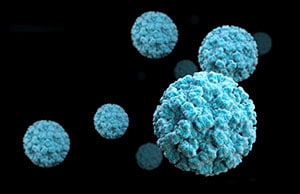Key points
- CDC reporting systems for norovirus include NORS, CaliciNet, NoroSTAT, NREVSS, and NREVSS Enhanced.
- CDC uses surveillance systems (NVSN and NoroSurv) to generate estimates of norovirus illness and monitor trends.
- To report a norovirus outbreak, contact your state or local health department.

Reporting
Currently, state, local, and territorial health departments are not required to report individual cases of norovirus illness to CDC. We may not know about many cases because people may not seek healthcare for their illness; and most hospitals and doctor's offices do not generally test for norovirus.
Healthcare providers should report all outbreaks of acute gastroenteritis, including suspected outbreaks of norovirus, to the appropriate state, local, or territorial health department.
Health departments are encouraged to report all suspected and confirmed norovirus outbreaks through the National Outbreak Reporting System (NORS) and CaliciNet.
CDC reporting systems
CDC has several reporting systems for norovirus:
Surveillance systems
In addition to collecting norovirus outbreak data from state and local health departments, CDC uses the following platforms to generate estimates of norovirus illness and monitor trends over time.
NVSN: New Vaccine Surveillance Network (NVSN) includes study sites that conduct active, population-based surveillance for hospitalizations and outpatient visits associated with acute gastroenteritis in children, as well as surveillance for acute respiratory illness.
NoroSurv: NoroSurv is a global pediatric norovirus strain surveillance network. The aim of the network is to collect data on the circulating norovirus genotypes in hospitalized children under 5 years of age across different countries and continents. NoroSurv uses the most recent dual [polymerase (P) and capsid (C)] typing nomenclature for norovirus strains. Participating laboratories use standardized protocols for norovirus dual typing to generate P and C types.
